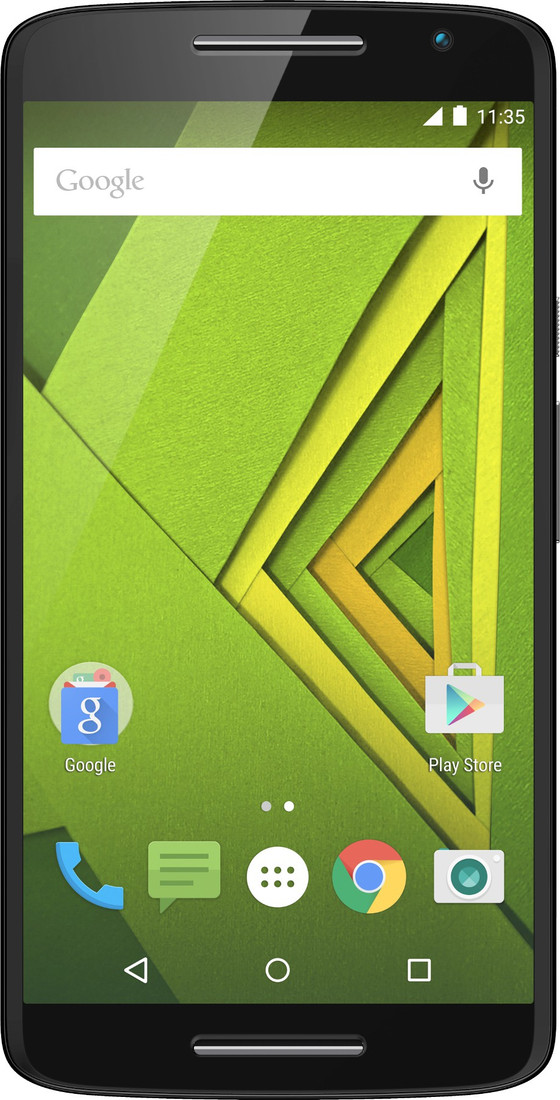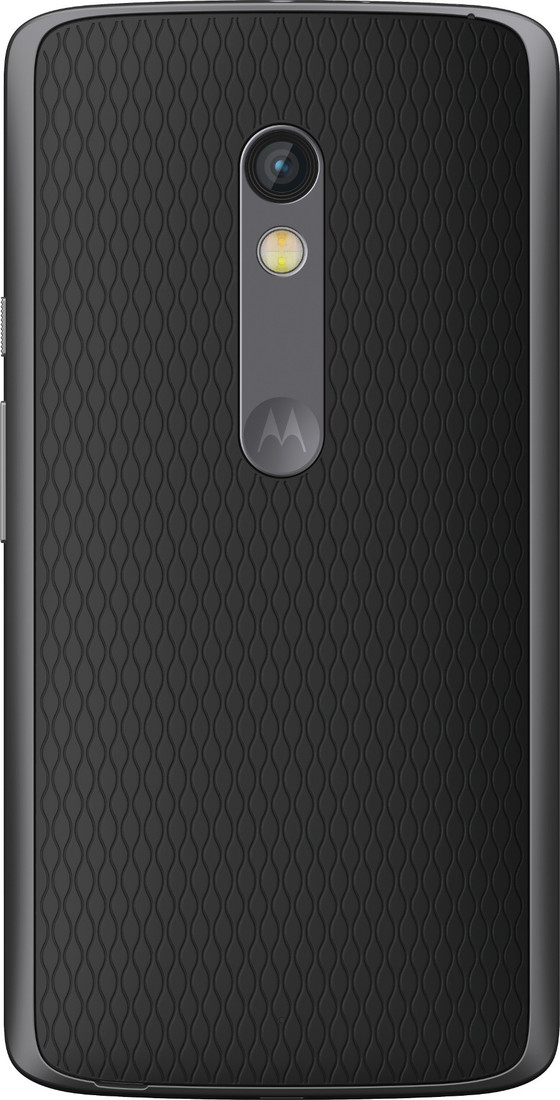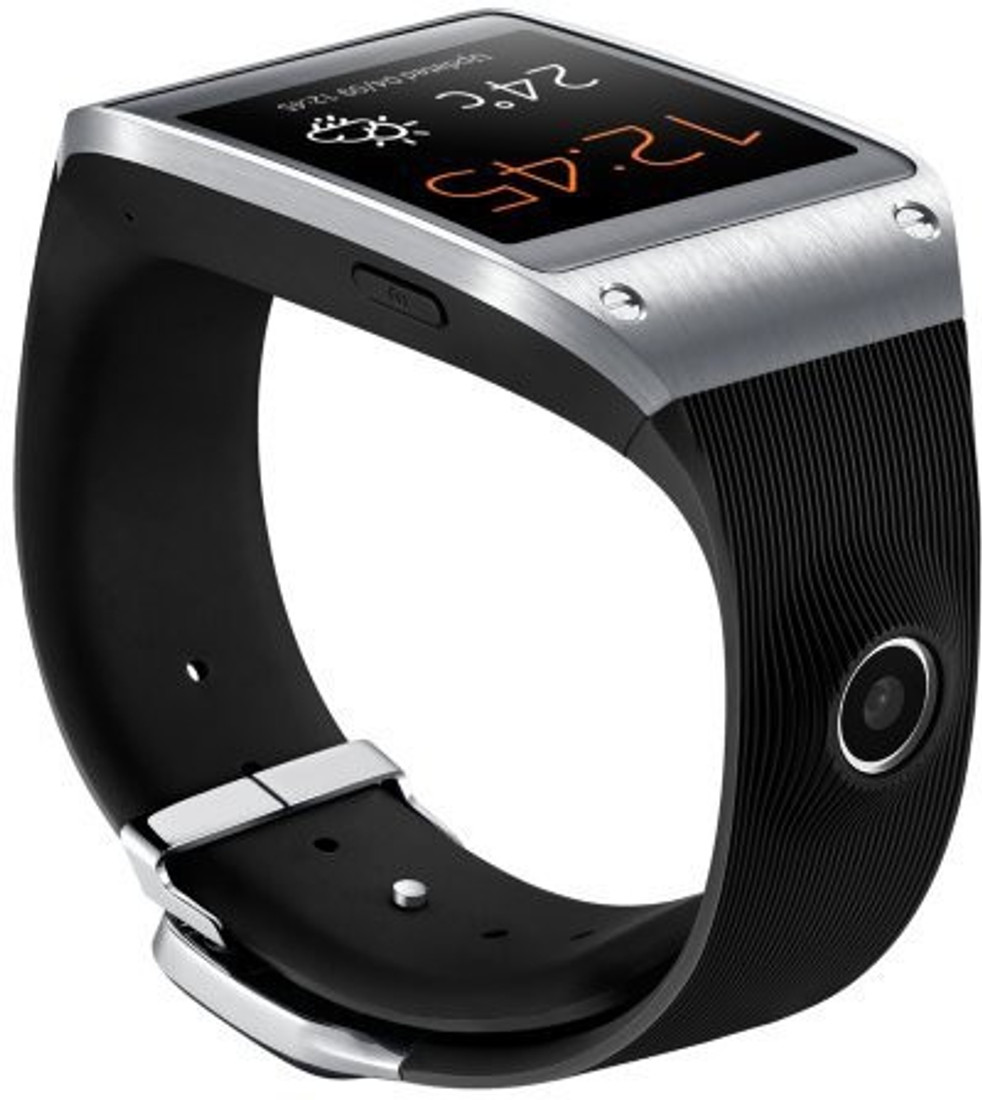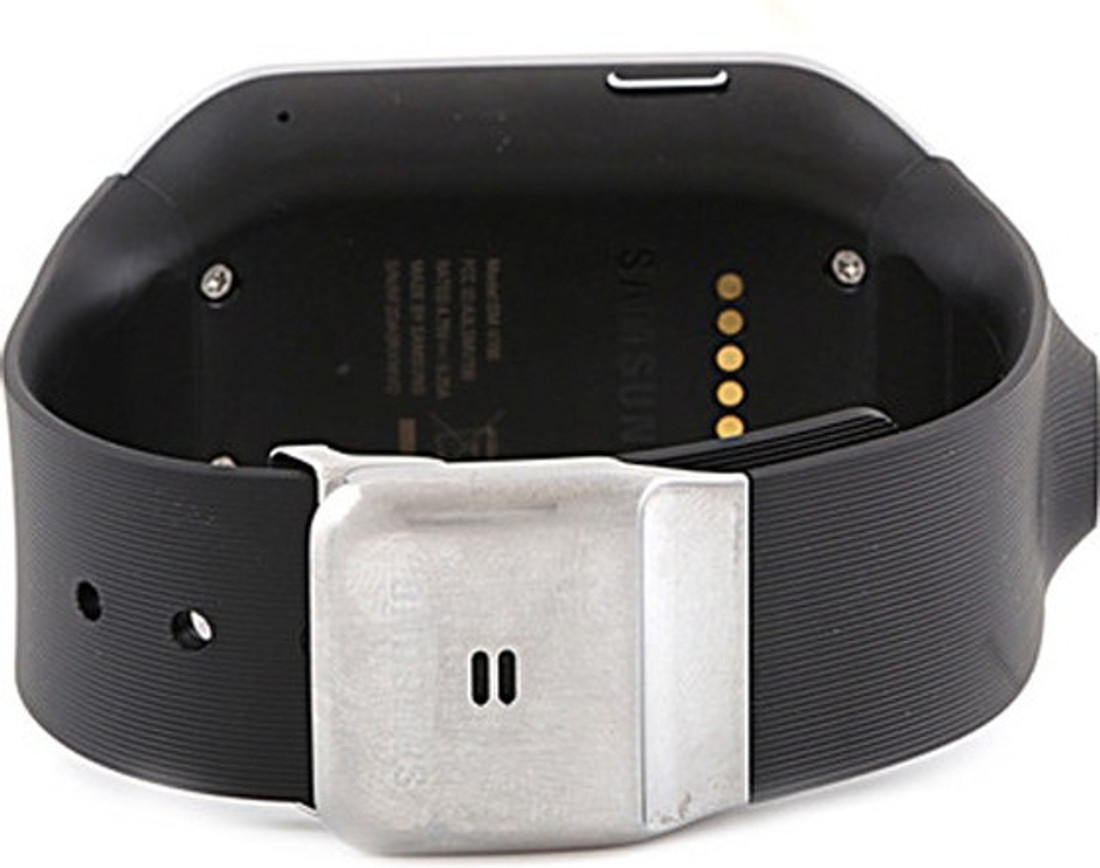
Twenty years ago the launch of a new version of Windows merited midnight store openings and a seven-figure payment to use a Rolling Stones song in ads celebrating the new Start menu. Early on Wednesday the release of Windows 10 happened silently, with millions of computers around the world updated over the internet.Windows 10 review – final version of Windows might be Microsoft's best everMicrosoft’s Windows swansong brings together the best bits of Windows 7 and 8 – and won’t force you to change the way you work
Windows 10’s biggest new feature? It’s free if you download it within the next year, and will install on machines running Windows 7 or Windows 8. Its second biggest feature? It isn’t Windows 8, which was released in 2012 and created widespread puzzlement by submerging the traditional desktop interface beneath big, bright “tiles” and getting rid of the familiar, popular start menu.That puzzlement soon turned to anger, forcing the ejection of the man who had led Windows 8’s development, Steve Sinofsky, and the introduction of Windows 8.1, which, while it didn’t bring the Start menu, did at least let you start off in desktop mode.
Now, Microsoft breezily says, “the familiar Start menu is back”, as though it had been on holiday rather than unceremoniously dumped.Despite the lack of flourish and giant ads, a lot still rides on the success of Windows 10 for Microsoft and its chief executive of 17 months, Satya Nadella . Along with the Office productivity suite and software for web servers, it is still one of the three main sources of revenue and income for the company.Windows’ biggest problem is that it isn’t a contender for mobile phone use, which now outstrips PC use. About 2 billion people worldwide have Apple iPhones or smartphones running Google’s Android software, easily outnumbering the 1.5bn PCs in use.
The computing and internet world once revolved around the PC; now it’s the mobile, where Microsoft’s efforts have only garnered about 80 million users of its Windows Phone software, almost all on cheap handsets.Nadella has set a target of getting Windows 10 running on a billion “devices” within three years. With PC sales running at about 300m per year, that’s not quite as ambitious as it initially sounds, but making it free to consumers – businesses and PC makers still have to pay – will help.Windows 10: more Microsoft apps are coming to Android and iPhoneThe question is whether it will make any difference in the longer term.
Benedict Evans of the venture capital company Andreessen Horowitz noted in a blog post: “The apps that people want on smartphones are not being written for desktop Windows anyway. Uber doesn’t have a desktop Windows app, and neither does Instacart, Pinterest or Instagram. The apps and services that consumers care about are either smartphone-only or address the desktop using the web. The smartphone is the sun and everything else orbits it.”Windows 10 will continue to be updated gradually; Microsoft says it’s the last “big hit” release, and that future upgrades will be piecemeal, pushed over the internet
.
Other new features of Windows 10 include: Edge, a new browser to replace the 20-year-old Internet Explorer
Cortana, a voice-driven “assistant” that can set up tasks and do searches (like Google’s voice search or Apple’s Siri)
Compatibility with Hololens, for a future when we’re all using virtual reality headsets
Automatic window management, for when you have multiple windows open in different apps
Continuum, which will scale the interface up or down - you can plug a Windows tablet into a keyboard and it will behave like a desktop PC; unplug it, and it’s all big swipe-y tiles again.
Improved mail, calendar and photo apps
One caution: Windows 10 is a 6GB download, and will happen automatically if you opted for automatic updates (as you should for security). If you have limited broadband capacity, it could use it up quickly.






